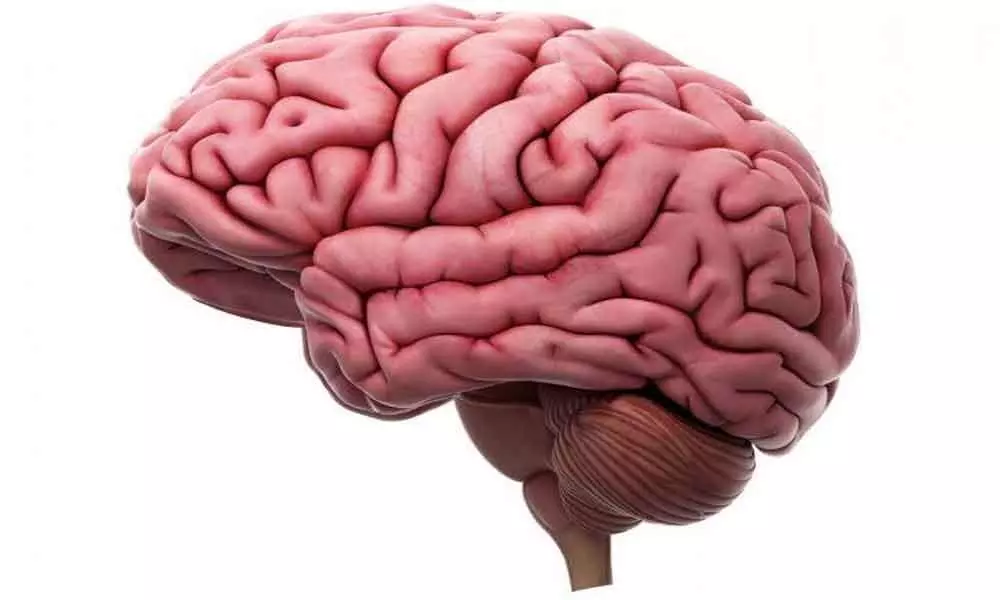Brain region involved in conscious visual perception found

Conscious visual perception of location occurs in the brain's frontal lobes - and not in a region at the back of the brain dedicated for processing visual inputs - according to a study.
The study, published in the journal Current Biology, said the ultimate view we perceive of the surroundings emerges later in the brain's processing hierarchy, in the frontal areas that are not usually associated with visual processing.
As part of the study, the researchers, including those from Dartmouth College in the US, presented participants with visual stimuli, and asked them to complete a series of behavioral tasks.
They monitored the activities of the participants' brains using a device called the functional magnetic resonance imaging (fMRI) scanner. For one such task, the participants were asked to stare at a fixed black dot on the left side of the computer screen with a scanner inside.
The screen had a dot flickering between black and white, known as a Gabor patch, that moved in the periphery. The subjects were asked to identify the direction the patch was moving.
To the participants, the patch appeared to move across the screen at a 45 degree angle, when in fact it is moving up and down in a vertical motion. In this case, the perceived path is strikingly different from the actual physical path that lands on the retina, creating a "double-drift" illusion.
The researchers randomised the direction of the drift across the trials, where it drifted either towards the left, right or remained static. They investigated where the perceived path - tilted left or right from vertical - appeared in the brain of the participants using the fMRI data, and determined where conscious perception emerged, and how the brain coded this.
According to the researchers, on average, participants reported that the perceived motion path was different from the actual path by 45 degrees or more. The study noted that while the visual system collected the data, the illusory path took place outside of the brain's visual cortex - all the way in the frontal areas, which are higher-order brain regions.
"Our data firmly support that frontal areas are critical to the emergence of conscious perception," explained study co-author and co-principal investigator, Patrick Cavanagh, a research professor of psychological and brain sciences at Dartmouth College.
He said while previous research had long established the frontal lobes as responsible for functions such as decision-making and thinking, the current findings suggested this brain region was also the end step for perceiving where objects are.
















